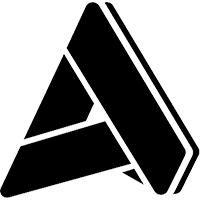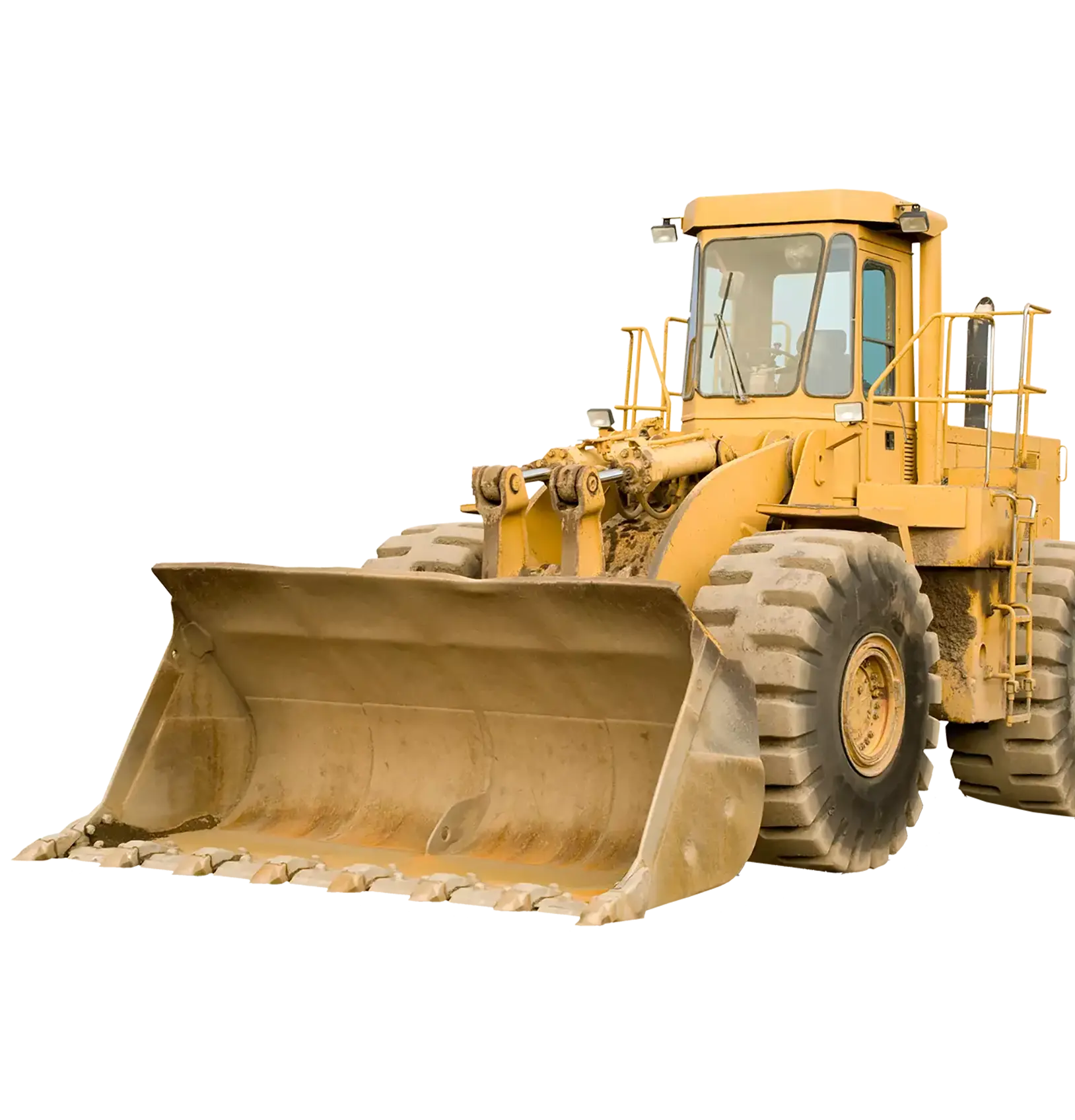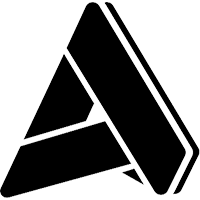Featured in this post
A 7-Step Guide to Selecting the Right Equipment ERP Software for Your Dealership
A 7-Step Guide to Selecting the Right Equipment ERP Software for Your Dealership
Nov 4, 2024
 Aptean Staff Writer
Aptean Staff Writer 
With inventory levels of skid steers and other construction equipment surging, dealerships are facing declining values and shrinking margins. The market is tightening and skilled labor shortages only add to the strain—leaving businesses with no choice but to adopt the right technology to stay competitive and fuel growth.
Equipment dealer enterprise resource planning (ERP) software—also commonly referred to as a dealer management system (DMS)—is a single-platform technology tailored for the equipment sector. This solution manages the unique equipment dealer complexities, such as consolidating information from inventory and service management to parts tracking and customer relationships. While many in the industry might still refer to these systems as DMS—modern equipment ERP solutions offer far more comprehensive capabilities.
By integrating all aspects of your operations into a single system, an ERP provides real-time insights that drive efficiency and profitability. As dealerships face mounting pressures—declining values, tightening margins and labor shortages—implementing equipment ERP becomes essential to protect your margins and maintain customer satisfaction.
In this blog, discover the seven essential steps for selecting the right ERP that address your specific challenges and support your dealership’s growth.
7 Steps in Selecting a Purpose-Built ERP for Equipment Dealers
Selecting the right ERP can be a daunting challenge where a poor decision can lead to significant financial setbacks. For example, a dealership might invest in a generic system that lacks crucial features for appropriate parts inventory levels—resulting in delays during critical repairs and dissatisfied customers.
Not all ERPs are the same. You need a system that gives you visibility from the moment equipment and components land on your dock until your customers receive them and beyond.
If you’re on a mission to find a system that helps you manage the entire lifecycle of your assets from purchase to disposition, including every aspect of your business, these seven steps can serve as your roadmap—whether it’s your first time implementing an ERP, or you simply want to refresh your knowledge as you upgrade your organization’s system.
Step 1: Define Your Equipment Dealership Requirements
Thoroughly evaluate your dealership's operational needs. Consider the core areas that drive your business, such as inventory management, sales tracking and service management. Understanding these needs is the foundation for selecting an ERP that aligns with your goals.
Next, identify the specific pain points that are holding your dealership back. Are inefficient processes slowing you down? Is the lack of integration between systems creating data silos that hinder decision-making?
These challenges highlight where an ERP can make the most impact:
Difficulty in serving a diverse customer base with varying requirements
Lack of visibility into fleet parts and maintenance
Poor tracking and management of equipment and component lifecycles
Inefficient handling of field service requests from initiation to resolution
Reliance on outdated pen-and-paper processes, leading to data loss and lack of real-time visibility in reporting
Reliance on multiple spreadsheets, often containing critical business information, being managed outside of your core system
Finally, clearly define what you want to achieve with the ERP software. Are you looking to improve efficiency, enhance customer service, increase profitability or explore other opportunities for growth? Establishing clear objectives will guide your ERP selection process, ensuring the solution you choose directly addresses your dealership's most pressing needs.
Step 2: Build Your Team and Conduct Market Research
Building a strong, cross-functional team is essential when selecting an ERP system for your equipment dealership. Involving key stakeholders from operations, finance and IT ensures that all perspectives are considered, leading to a more comprehensive understanding of your dealership's needs. By bringing together diverse expertise, you can identify how an ERP can enhance collaboration, streamline processes and ultimately drive business success.
Conducting thorough market research is equally critical to making an informed ERP selection. This will help you understand the available solutions and identify reputable software vendors that offer solutions with equipment-specific features that align with your business needs.
By exploring different options and gathering insights from industry peers, you can make solid decisions that pave the way for a successful ERP implementation, ensuring that you maintain your competitive edge in a rapidly evolving, yet challenging market.
Step 3: Plan Your Timeline and Budget Based on Market Insights
Recognizing that your employees, who will be working on implementing the new system, have their usual duties in running the dealership, can help in establishing a realistic timeline and budget. This is crucial when selecting an ERP for your business and will help reduce the risk of your team getting burnt out. Begin your process by using market insights to evaluate the available ERP options and understand their associated costs. This informed approach ensures that your budget aligns with industry standards, allowing you to invest in a solution that meets your dealership's specific needs.
Recognizing that ERP solutions vary in price, flexibility and scalability is essential. While lower-cost options may seem attractive, they often lack the critical industry-specific features you need for long-term growth and flexibility with your business.
By integrating these insights into your timeline and budget planning, you can make informed choices that prevent short-term compromises and ensure the ERP you select supports your dealership's long-term success.
Step 4: Evaluate Essential ERP Capabilities and Functionalities
Focusing on the features that will have the most significant impact on your operations is essential when evaluating ERP solutions. Your ERP should be a comprehensive tool that enhances every aspect of your business through end-to-end process automation. Start by assessing how well the ERP integrates with your existing systems. Seamless integration is key to ensuring smooth operations and eliminating data silos that can hinder efficiency.
Here are some core capabilities of an equipment ERP for dealerships:
Equipment lifecycle management: Monitor equipment from acquisition to disposal, including warranty, maintenance and depreciation. Optimize availability, reduce failures and boost long-term profitability.
Warehouse, inventory and parts management: Oversee inventory and warehouse data tied to sales, components and service. Manage original equipment manufacturer (OEM) and aftermarket parts, including orders, replenishment, inventory levels and warehousing.
Financial management: Handle all financials with enterprise-class accounting that scales across locations, currencies and business lines.
Rentals and logistics: Oversee equipment rentals, scheduling and utilization management. Streamline logistics for pick-ups and deliveries of sales, rentals and equipment to be serviced in the shop.
CRM, reporting and analytics: Manage customer relationships with data-driven sales and marketing. Analyze business performance, create forecasts and track customer histories.
More importantly, opting for a more secured, cloud-based equipment ERP over an on-premise system ensures your team members can access essential data and tools from any location, using their internet-connected mobile devices. This flexibility not only boosts efficiency but also supports your dealership’s ability to adapt to changing needs in real-time, without the limitations of traditional, on-site systems. Unlike on-prems, cloud-hosted equipment ERP offers robust protection against ransomware attacks.
Step 5: Draft a Request for Proposal (RFP)
An RFP is an essential document when selecting an ERP, as it outlines your dealership's specific needs and expectations. This helps ensure potential vendors provide only the tailored solutions that address your unique challenges—making it easier to narrow down your options.
Creating an RFP can be daunting, so you can download our free equipment ERP RFP template to help you focus on key requirements like integration, scalability and industry-specific features—ensuring no details are missed.
Once completed, send the RFP to shortlisted vendors and carefully evaluate their responses. This step is crucial in identifying the most suitable ERP and vendor, setting the foundation for successful implementation.
Step 6: Assess Tailored Demos and Choose the Right ERP Provider for Your Dealership
When selecting an ERP system, requesting tailored demos from at least three vendors is crucial. This allows you to compare various solutions without being overwhelmed. Engaging with a few vendors ensure a balanced evaluation of features and support levels.
Each demo must be tailored to address your dealership’s specific needs and challenges. This approach helps you see how each system handles your unique requirements and provides a clearer picture of each vendor’s strengths and limitations.
After the demos, you’ll be better equipped to choose and secure a deal with the ideal ERP provider that aligns with your dealership’s goals. Ideally, this partner should have a solid reputation in the industry, backed by decades of collective experience and recognized expertise.
Since you’ll be investing significantly and partnering for years, ensure the vendor’s team fits your company culture and communicates effectively, supporting seamless interactions during installation, training and beyond. Additionally, connect with references from current customers to gain insight into the vendor’s performance and reliability.
Step 7: Plan for Implementation and Training
A successful equipment ERP implementation starts with setting clear milestones and ensuring a smooth transition. Having a comprehensive change management plan is essential, encompassing leadership involvement, detailed end-user training and a communication strategy to address concerns and manage resistance. This plan acts as a roadmap, guiding your team from the current state to the desired goals.
In addition to these elements, it's crucial to allocate time for rigorous testing and quality assurance before going live. This helps identify and resolve issues, ensuring the system operates as intended. Furthermore, establish a post-implementation support strategy that includes a dedicated team for ongoing maintenance, updates and system enhancements, so your ERP continues to align with your dealership’s evolving needs. Whether managed internally or with the help of an external consultant, these steps will help ensure a successful ERP implementation.
How Equipment ERP Transforms Dealership Operations: Success Stories
As a top solution for dealers, Aptean’s Equipment ERP software, previously known as EquipSoft, optimizes dealership operations by enhancing efficiency and streamlining processes in inventory, sales, rentals and service. Discover how clients like Equipment Depot and Jeffrey Allen have leveraged our solutions to achieve remarkable results.
As a trusted name in material handling since 1951, Equipment Depot faced the challenge of standardizing its business tools. The company chose Aptean Equipment ERP for its industry-specific capabilities and modern, scalable platform. Now managing over 5,000 rental pieces, Equipment Depot’s workforce—including 900 technicians—efficiently fulfills service requests. This transformation showcases the significant impact of adopting a fully integrated ERP solution designed for equipment dealers.
At Jeffrey Allen, Florida’s premier golf cart dealer, Aptean Equipment ERP significantly transformed its parts request and fulfillment processes. Previously, managing out-of-stock parts was tedious and time-consuming. However, with Aptean Equipment ERP, salespeople and service advisors now seamlessly enter sales and service orders throughout the day. The system consolidates all outstanding needs into a summary screen, allowing purchase orders to be generated for all stores and vendors with a single click—drastically reducing manual work.
“In our old system, when parts arrived, it was a manual process for the warehouse to figure out what orders they belonged to and then another manual process to tell the parts managers and service managers what had come in,” says Josh Berman, Senior Vice President of Finance at Jeffrey Allen. “With Aptean Equipment ERP, the system allocates the incoming parts to the right orders automatically, and with the Advanced Workflow module we now have automatic email notifications."
Propelling Your Dealership With the Right Equipment ERP
To maximize your dealership’s potential, integrating the right equipment ERP is essential. The following benefits illustrate how equipment ERP can drive operational efficiency, enhance decision-making and streamline processes across your enterprise.
Promote fluid workflows between departments for greater efficiency and visibility across the enterprise.
Gain real-time insights into fleet availability and service history, ensuring optimal asset utilization.
Enhance forecasting, planning and budgeting accuracy through integrated financial management tools.
Reduce management and IT costs by consolidating departments, data and processes into a single cloud-based ERP system.
Empower employees to access and interact with critical data—whether in the office, warehouse or on the road—ensuring they have access to essential information they need to make informed decisions.
Achieving Dealership Goals With Aptean Equipment ERP
As dealerships confront challenges like declining values, shrinking margins and a shortage of skilled labor, selecting an effective ERP system becomes crucial. This blog has outlined the steps necessary to choose the right ERP solution, emphasizing the importance of understanding your dealership’s specific needs, evaluating essential features and planning for a successful implementation.
Aptean Equipment ERP is designed to meet the unique demands of equipment dealerships. It offers features such as inventory management, service management and financial reporting tailored to the industry. Aptean’s ERP solution helps streamline your operations, improve efficiency and support growth, making it a valuable asset in today’s competitive market.
Additionally, Aptean’s suite of solutions—Aptean Pack and Ship, Aptean Pay and Aptean Advanced Workflow—integrates seamlessly with our ERP software. Aptean Pack and Ship interfaces to many parcel and LTL carriers giving you rate shopping, automated shipment messaging to your customers and tracking numbers coming back into the ERP. Aptean Pay handles credit card and ACH transactions, and Advanced Workflow automates key processes. Together, these tools enhance operational efficiency and profitability, providing a comprehensive system to support your dealership’s success.
Future-proof your dealership business with the right equipment ERP, download our implementation best practices whitepaper or schedule your personalized demo today.
Get in Touch Today to Speak to an Expert in Equipment Dealer Management
We’ve got the specialized industry software to help your organization thrive.



